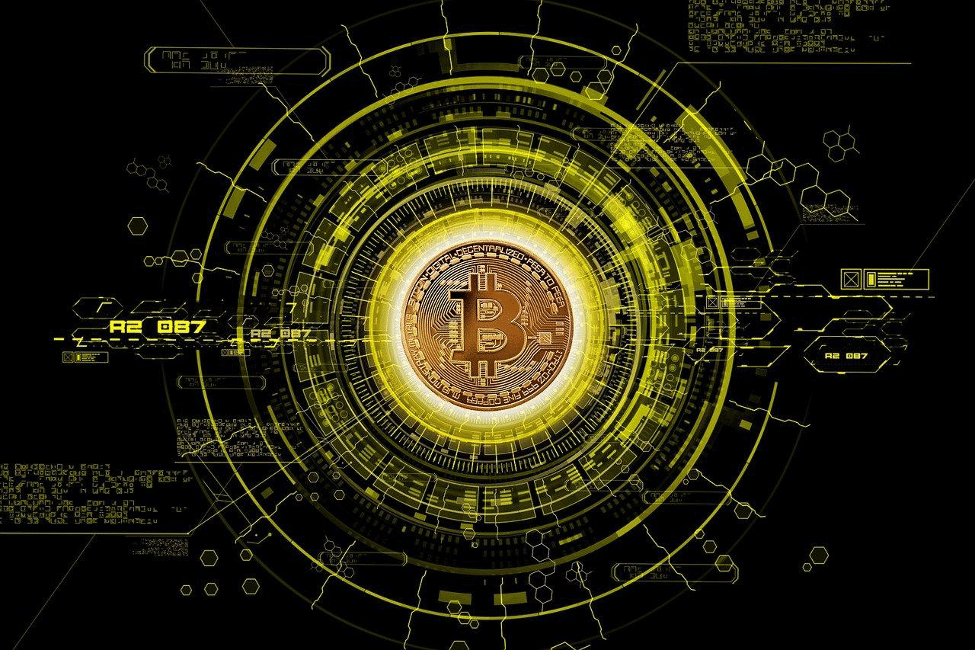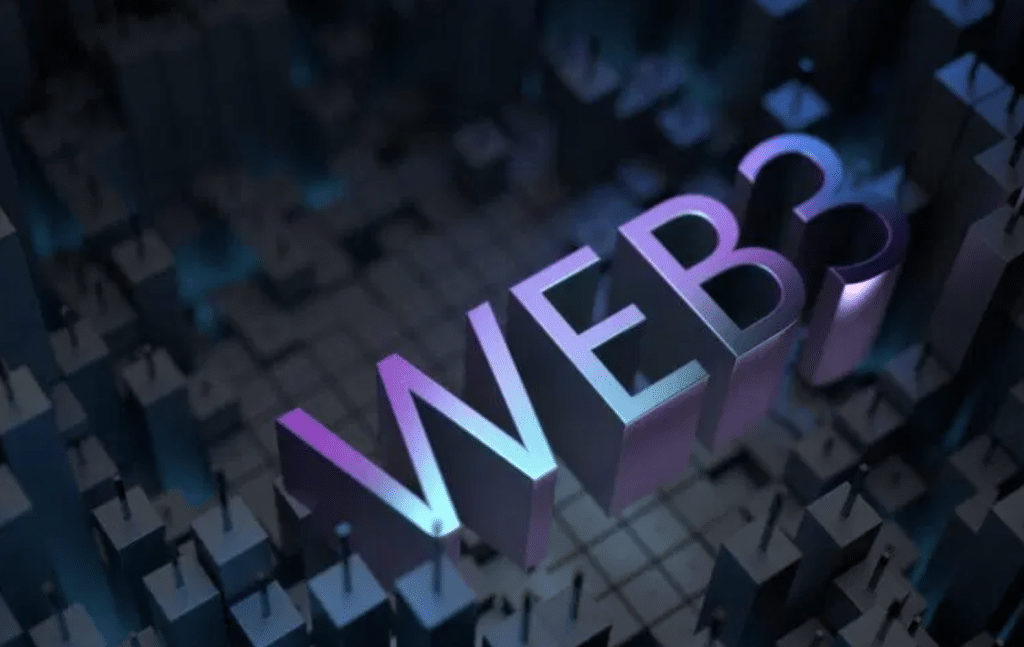Across many industries and kinds of business, Web 3.0 is going to be critically important.
But what do we really know about this new kind of technology, and how it’s going to impact the Internet?
Here are seven big things to understand about the next wave of Internet evolution and what it will do for enterprise.
1. Web 3.0 Will Be Different
Web 3.0 was preceded by Web 2.0, and earlier, Web 1.0.
One of the easiest ways to talk about this is to label Web 1.0 the ‘read-only Internet,’ and to label Web 2.0 the ‘read/write Internet.’
In other words, in Web 1.0, the Internet as we knew it was mostly the broadcasting of text and images by servers.
In Web 2.0, there was much more feedback from users in the form of web forms and fields, and other opportunities to enable two-way communication.
Web 3.0, according to many experts, opens up a new frontier that is often called ‘read/write/function’ or ‘read/write/execute’ as way of explaining what Web 3.0 will accomplish.
What that means is that Web 3.0, by using semantic and mapping models, is adding many different kinds of new functions to that basic two-way communication that has been the hallmark of Web 2.0.
2. Web 3.0 Will Be Decentralized
The current Internet is based on having various central way stations that data transfers are connected to Web 3.0 promises to be fundamentally different.
Experts talk about decentralized autonomous organizations or DAOs that are going to facilitate web traffic. They often talk about web 3.0 as a peer-to-peer network, and point out that it’s likely to use blockchain technologies for decentralized communication, similar to how cryptocurrency uses these same models for finance.
3. Crypto-Enabled Internet
With that decentralization in mind, many feel that cryptocurrency and blockchain are going to play a role in the new Internet. One aspect of that might be tokenization, where different kinds of access and information become tokenized and transferred through decentralized networks. As an immutable ledger technology, blockchain is perfect, in many ways, for the Web 3.0 project.

4. Web 3.0 Will Be the Semantic Web
Web 3.0 is often called the semantic web. What does this mean?
Part of what it means is that the semantics of the web are going to form its connective tissue. There will be a lot of emphasis on mapping instead of your traditional TCP/IP paths[1] for packet routing. There is going to be an emphasis on making sure that data flows well through a ubiquitous system, which we’ll talk more about a little later.
Basically, the semantic web label is a way to talk about how people will use the new Internet and how it will work practically.
5. Ubiquitous Web
It’s also often said that Web 3.0 is going to be ‘ubiquitous.’
Let’s look at what this means a little bit.
One of the main things to know here is that ubiquitous Web 3.0 is tied to the phenomenon of the Internet of Things.
The essential premise of the Internet of Things is that so many devices and appliances are going to be connected to the web; that the Internet will have much more functionality than it currently does. Imagine end user devices doing all sorts of data transfers – from personal health and fitness information to sensory feedback on your home or business facility[2] , and all kinds of other monitoring and communication brought about by a fundamental transformation of the web.
That’s the vision of Web 3.0, and one that will have a wide range of powerful business applications, apart from everything else covered above.
6. Edge Computing Principles
Here’s another aspect of Web 3.0 that goes along with decentralized designs.
Experts talk about how Web 3.0 is going to leverage something called edge computing.
One of the easiest ways to explain edge computing is that in this new model, data transfers and activities take place on the periphery, or at the edges of the network, instead of in a centralized location.

So if you had a business where all of the data came from a central data lake or data warehouse, and everything coming in was transferred there through middleware from the edge devices, the new model would mean that functions could be done out in the field where the devices are, and wouldn’t have to go through that centralized infrastructure at all.
7. Interfaces Through Web 3.0 Will Continue to Evolve
Another major point is that Web 3.0 interface models will be different than what we were used to before.
The Web 2.0 model involves a person sitting at a computer or looking at the touch screen of a smart phone and using a browser. But it’s not going to be that way forever.
The metaverse, voice-activation and other technologies will eventually make the “terminal model” obsolete.
These are seven ways that we can seek to understand the impact of the next-generation web. Think about how Web 3.0 can benefit your business!
no follow/resource link
Do follow
do follow link!


